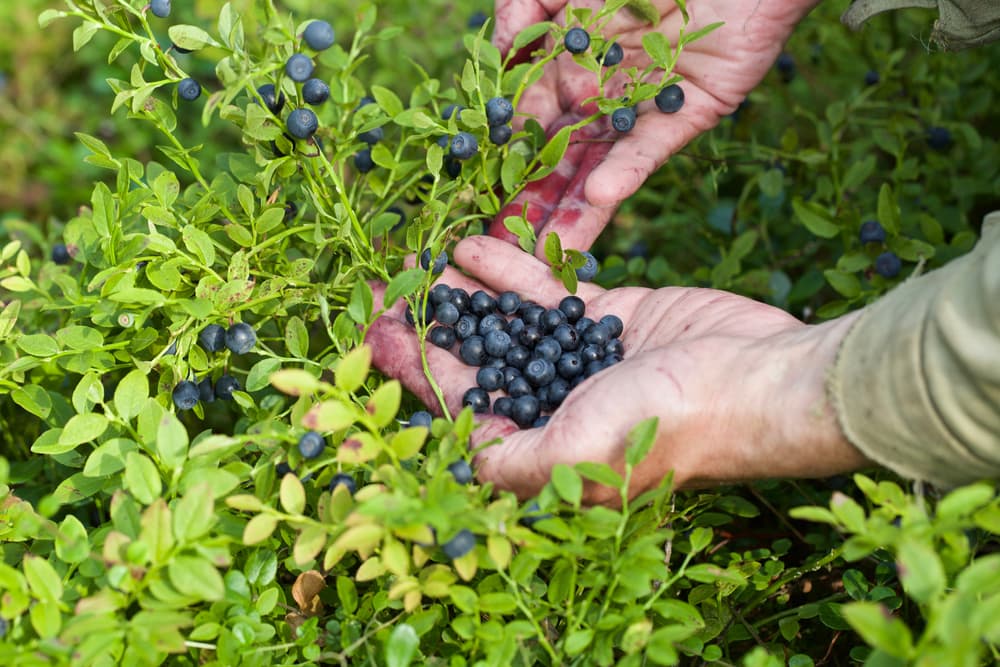Table of Contents
Berries are a wide variety of groups of fruits that have diversified and delicious fruits and come in a variety of flavours, colours, and shapes. From Cranberries to sweet strawberries, berries are a highly popular ingredient when it comes to desserts, jams, and sauces. But there are a lot of berries that you might not have heard about.
Thus we bring you the ABCs of berries, which includes a comprehensive A-Z list of types of berries and everything you need to know about them.
Here is an A-Z list of types of Berries.
1. Acai Berry
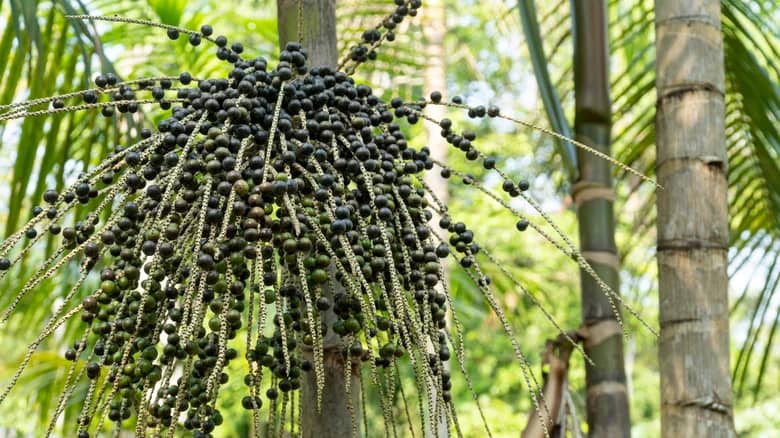
It’s a type of berry that is small and dark purple in colour and can be located in its native place Brazil in the Amazon rainforest. It has a high level of antioxidants. These berries are suitable to be eaten in fresh or frozen conditions and are very commonly used in smoothies, juices, and many more. But these berries are consumed as powder since their entire form is inedible.
2. Agarita Berry
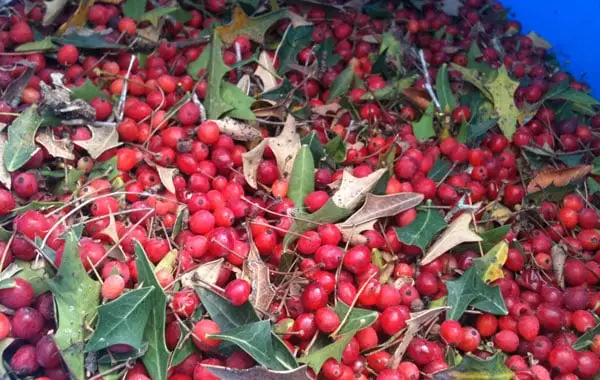
Agarita Berry is a type of berries that is commonly used for making Jellies. This edible berry is grown in Texas and is known by a variety of names. Some of them are wild currant, agents, etc. They are tart in taste and are very useful in smoothies and juices as well.
3. Blackberry
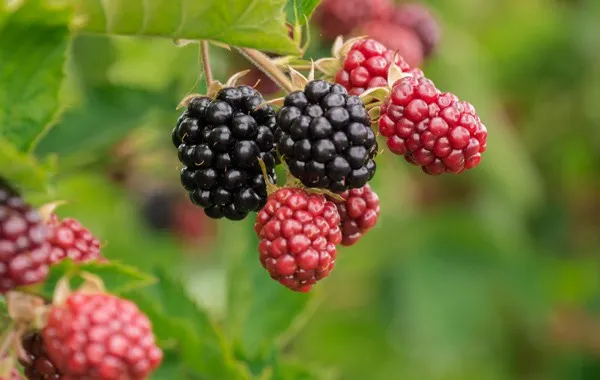
A very sweet and juicy fruit that is grown on thorny bushes. When it’s ripe, it has a deep purple-black colour. Blackberries are also found to be rich in vitamin C and fibre and work as antioxidants. These are very popular and are used in jams, desserts, sauces, and many more. Apart from that, it can also be eaten fresh as well.
4. Blueberry
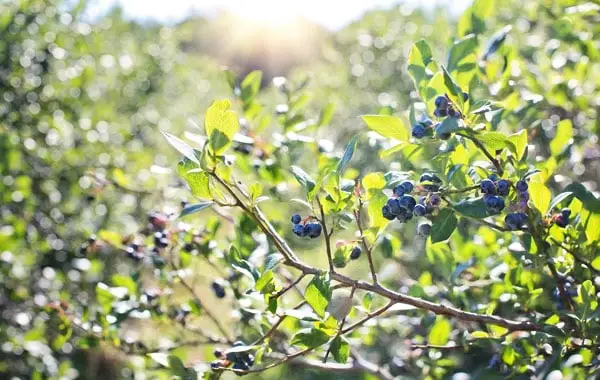
Small, round fruit with dark blue or purple colour sums up blueberries perfectly. These are sweet, with a little hint of tartness flavour, and are native to North America. Just like blackberries, blueberries are also rich in vitamin C and fibres and work as antioxidants. Blueberries are very popular among muffins, pancakes, smoothies, and dessert flavours and can also be found in baked goods.
5. Boysenberry
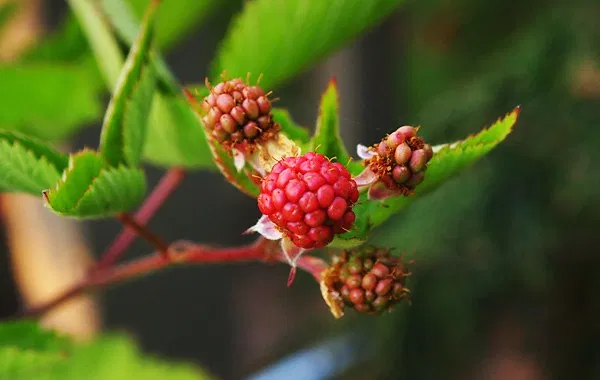
It’s a hybrid fruit that is created when blackberries, raspberries, and loganberries are crossed together. Boysenberries are large in size and have a dark reddish colour that has a sweet but slightly tart flavour, which is used in jams, pies, and preserves.
6. Bilberry
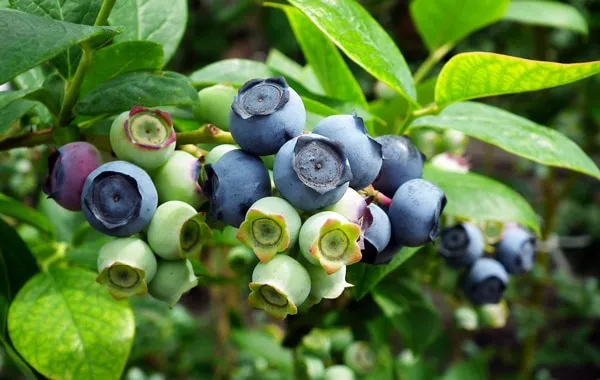
Native to Europe and North America, blueberries are small in size and blue-black in colour. It is very commonly used in pies, jams, and many other desserts. It can also be found in baked products.
7. Cranberry
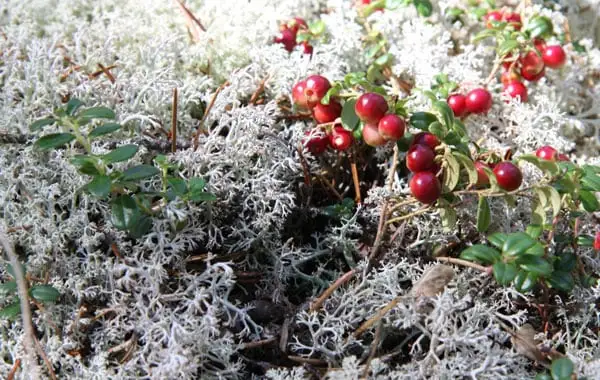
A very popular type of berries, cranberries are native to North America and are small in size and have a sweet and tart flavour that grows in bogs. Cranberries are highly popular in jams, juices, flavoured drinks, sauces, and many more and possess a variety of health benefits. It is also suitable to be eaten dried and is often added to baked goods as well. It is also rich in Vitamin C
8. Currant
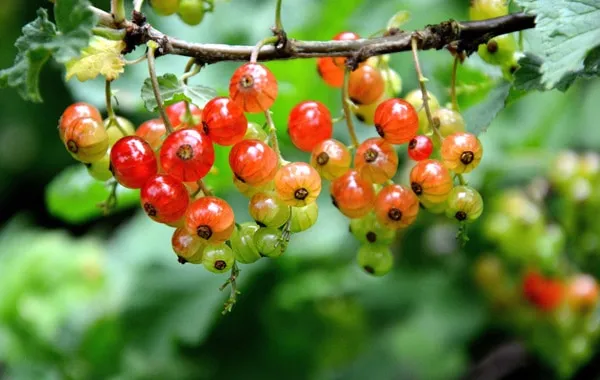
Small in size and sour in taste, these fruits or berries are called currants that are grown in a bunch on the bushes. They are very commonly used in jams, jellies, and sweets and come in a variety of colours, including red, black, and white. It is very rich in vitamin C and has antioxidants.
9. Cherries
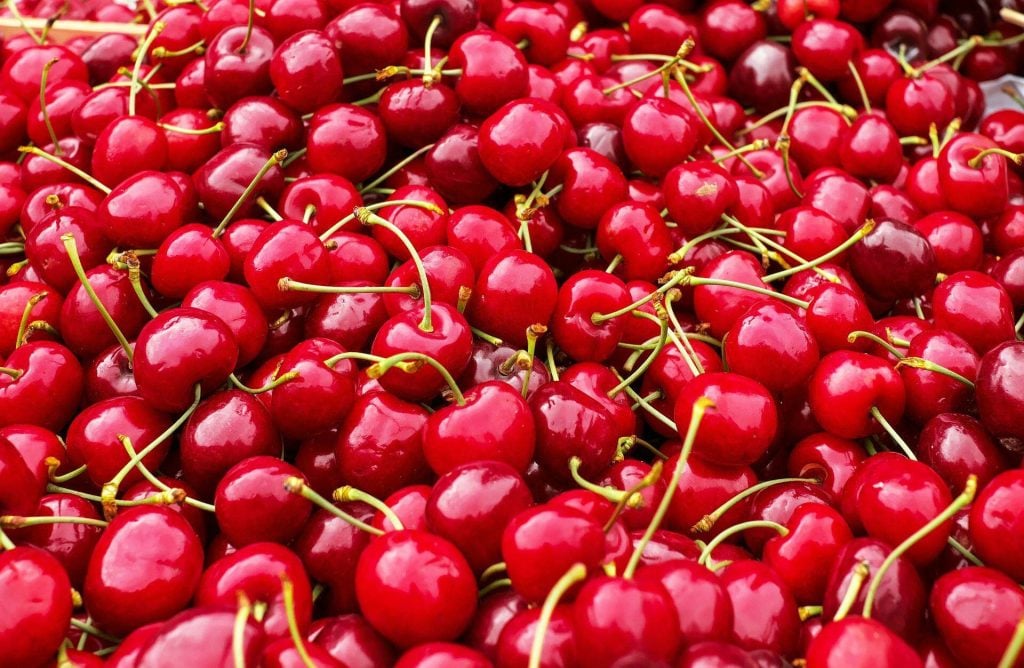
Small in size and very delicious fruit in taste, Cherries can be found in many different colours like red, yellow, and black. They are a very common element in cherry pies and are an integral and aesthetic part of many dessert recipes and servings. Bing, Rainier, and Montmorency are some of the well-liked kinds.
10. Dragon Fruit
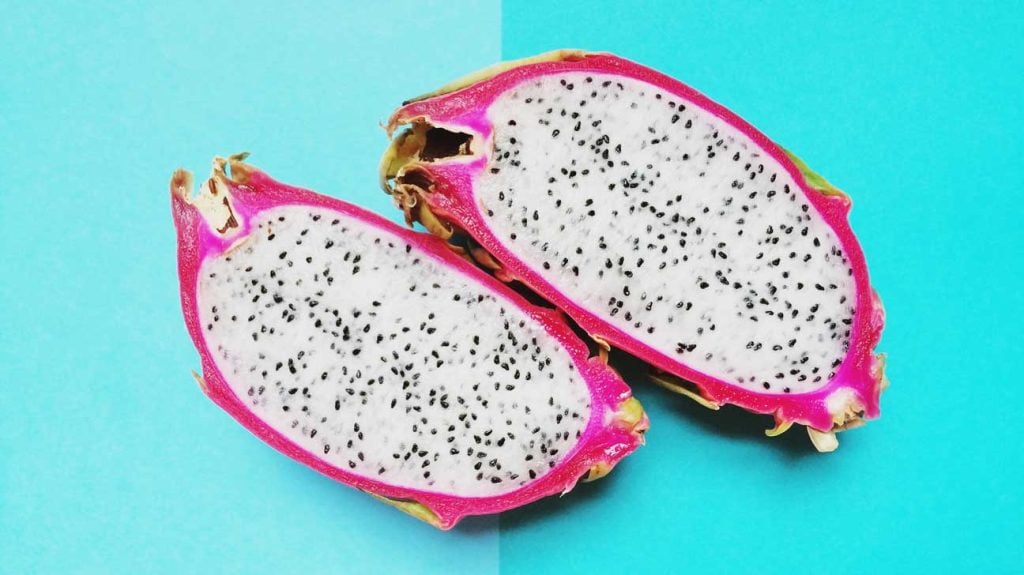
A tropical fruit that is popular for its colour, i.e. bright pink and green. It is mildly sweet in taste and is very commonly used in smoothies and many desserts.
11. Dewberry
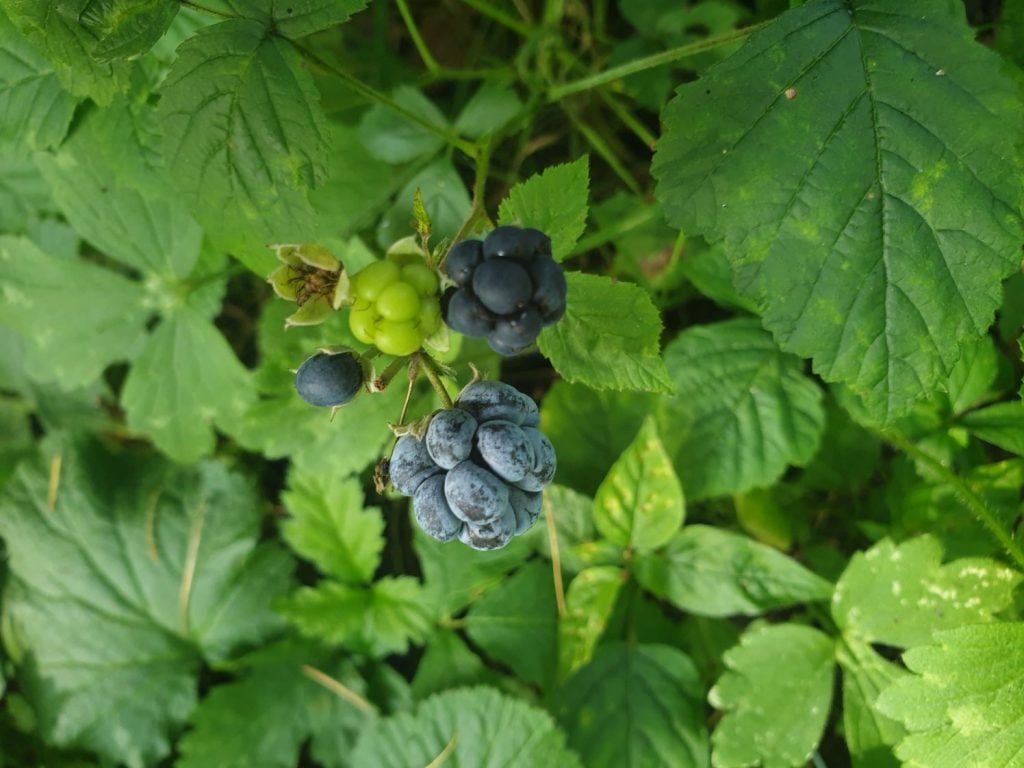
Slightly bitter in taste, Dewberries are grown in the entire Pacific Northwest. These are wild blackberries that grow on long vines and are often used in jams and certain baked edible items as well. It is also suitable to eat them fresh.
12. Elderberry
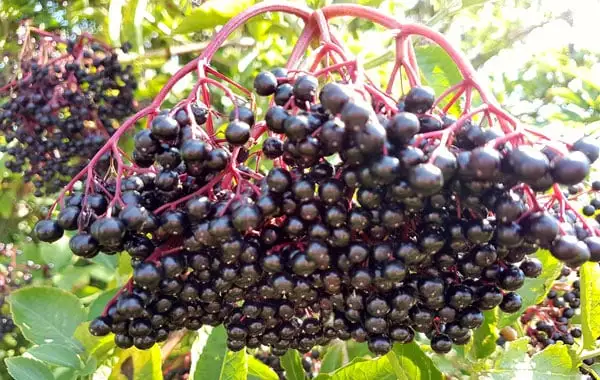
Small in size and dark purple in colour, Elderberries are grown on trees or bushes. They contain antioxidants in them and are very popular for their immune-boosting characteristics. It can be found in syrups, supplements, teas, jams, and many others. These are also suitable to be eaten fresh or dried.
13. Fig
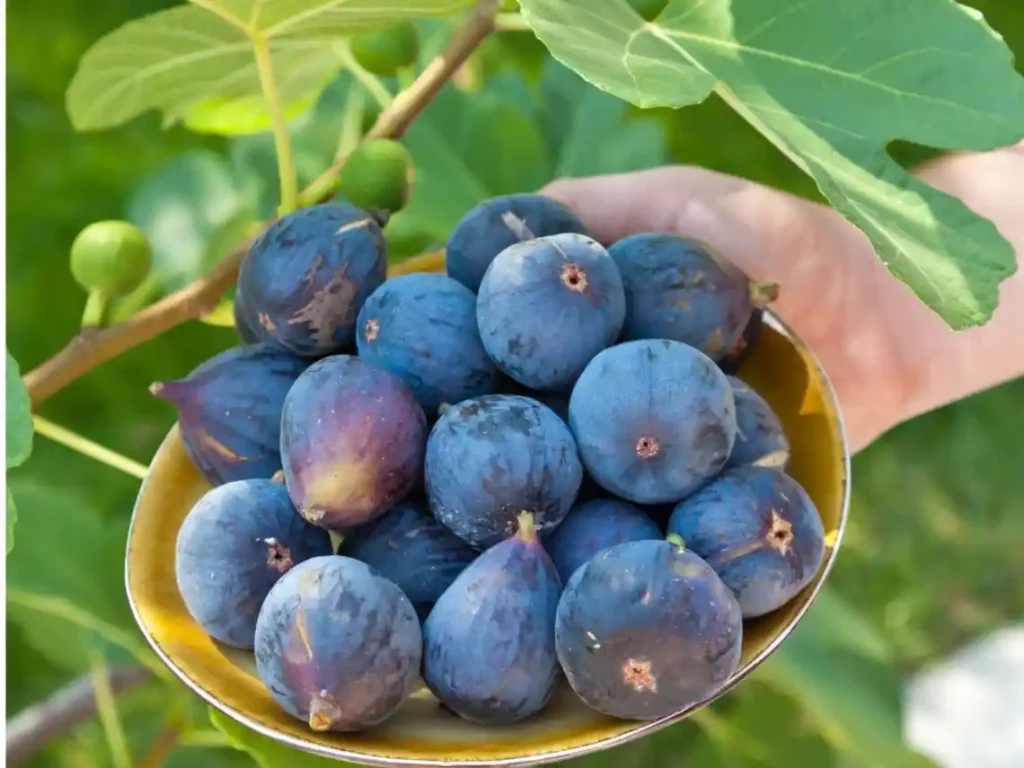
Sweet in taste, Figs are rich in fibre, have calcium, and have antioxidant qualities in them. These berries are very commonly used in desserts, sweet dishes, and many more.
14. Gooseberry
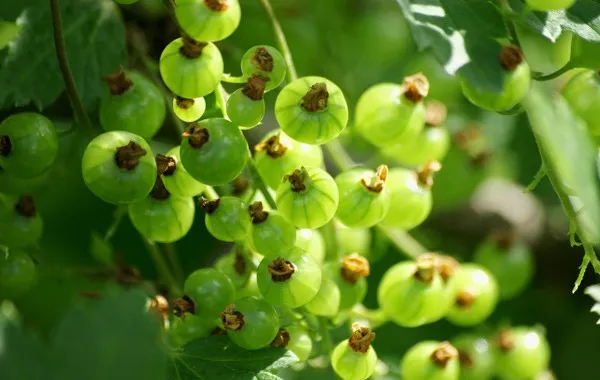
These berries are tart in taste and grow on bushes. Gooseberries are available in a variety of colours which includes green, yellow, and red. These are commonly found in desserts, jams, jellies, and many other edibles. In addition to their variety, these are also very rich in vitamin C and contain antioxidant qualities.
15. Goji Berry
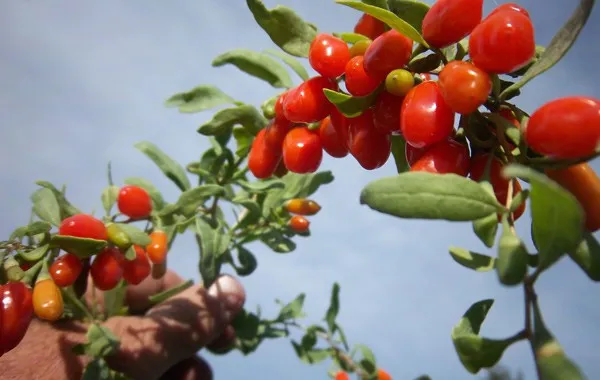
Small in size, red in colour, and native to Asia, Goji berries are more than a fruit and a berry; it’s a part of traditional Chinese medicines as it possesses the property of anti-ageing and acts as an immunity booster. It also has a rich amount of antioxidants. They are commonly used in supplements, teas, and smoothies. It is also suitable to be eaten fresh or dried.
16. Grapes
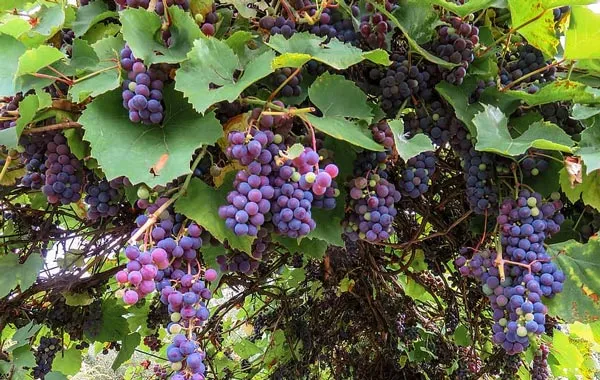
A sweet and juicy fruit that comes in multiple varieties of colours, including red, green, and purple, Grapes are commonly used in wine-making and are also suitable to be eaten fresh or dried. They are rich in antioxidants and are also known for their heart-healthy properties.
17. Huckleberry
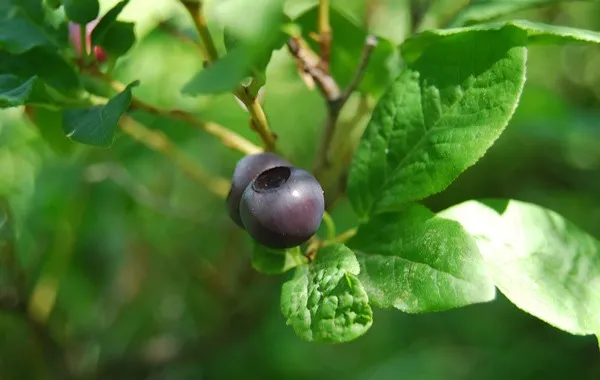
A small-sized fruit with a tart flavour that is native to North America, Huckleberries are commonly used in desserts, jams, syrups, and many more. They are known for their unique flavour but do have a similar taste to that of blueberries. In addition, they are an excellent source of fibre and are also rich in antioxidant properties.
18. Indian Gooseberry
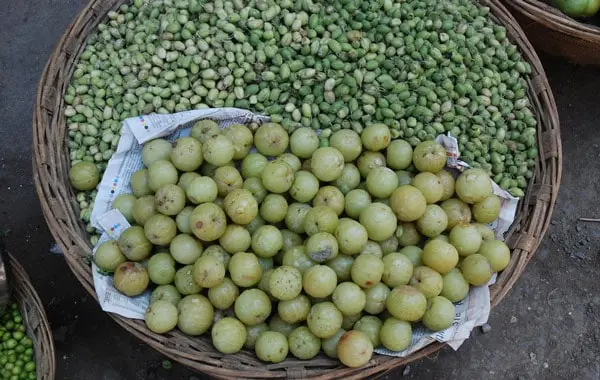
A very popular berry in India, Indian Gooseberry is famously known as Amla. It has a sour taste, and it goes very well alongside Indian dishes. It is very rich in vitamin C and also has antioxidant properties.
19. Juniper Berry
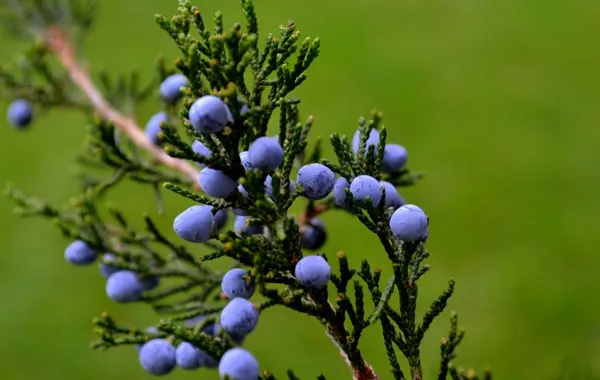
Piney in taste, Juniper berries are very often used as a kind of spice in dishes, especially in sauerkraut and game meats. These berries are also used to flavour gin.
20. Kiwi
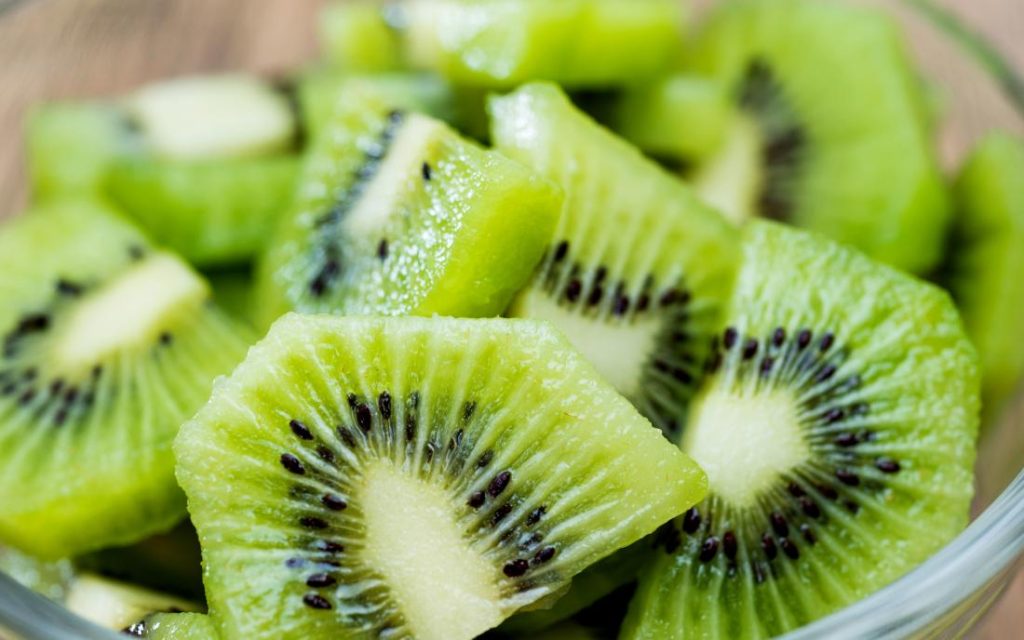
Bright green colour with a sweet and tangy flavour, Kiwi is a tropical fruit that is highly rich in vitamin C and fibre. They are usually served with meat dishes, but they can also be consumed separately. It is also used in smoothies, shakes, and salads as well.L-Types of Berry
21. Lingonberry
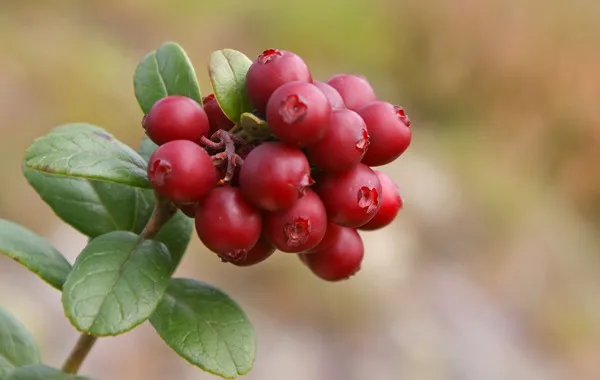
Found in northern regions, these berries are small in size and have a tart taste in them. Lingonberry is commonly used in jams and sauces. These berries are high in vitamin C and are very popular berries in Swedish cuisine.
22. Loganberry
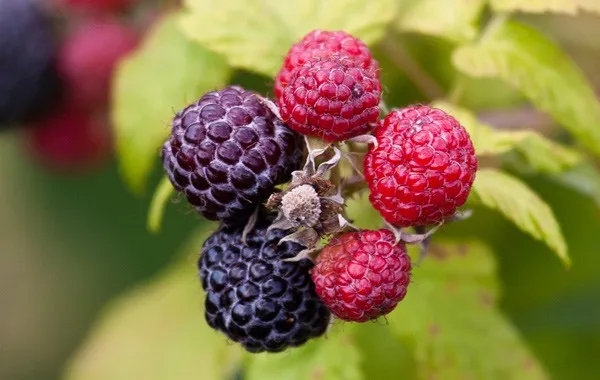
Large in size and a tart flavour fruit, Loganberry is produced by making a cross between blackberry and raspberry. It is a very common ingredient while making jams and jellies.
23. Mulberries
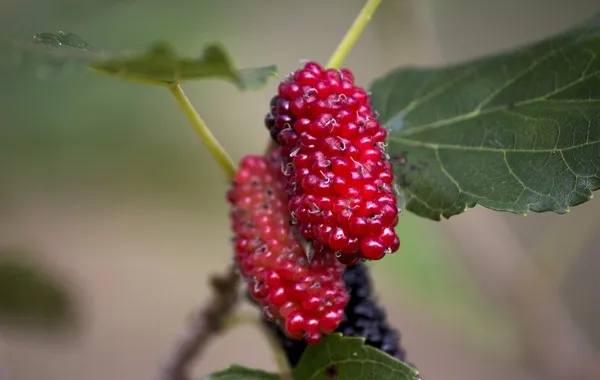
A very sweet, tart fruit that offers multiple colour varieties like red, black, and white, Mulberries are rich in vitamin C and have good antioxidant properties. These berries are often used in jams, pies, and many other desserts.
24. Nanking Cherry
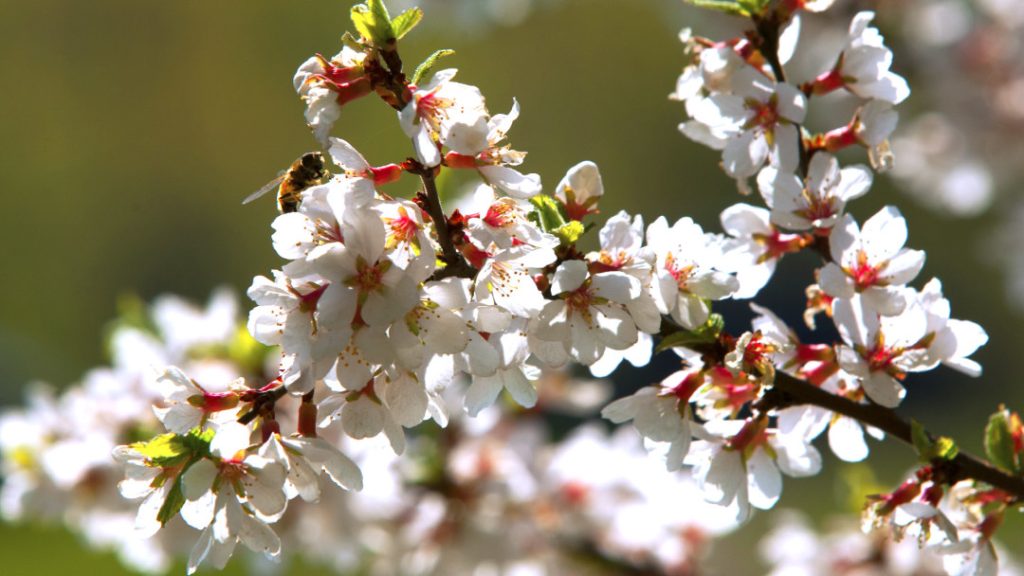
Nanking cherries have a tartness in their flavour and are commonly used in jams and pies. They have Vitamin C present and also have good antioxidant characteristics.
25. Orange Berry
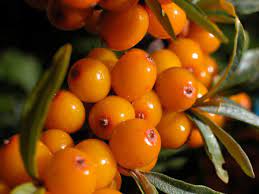
Sweet and citrusy in taste, Orange berries are an excellent source of Vitamin C. These berries have a high amount of vitamin C in them and are commonly used in jams and jellies.
26. Pineberry
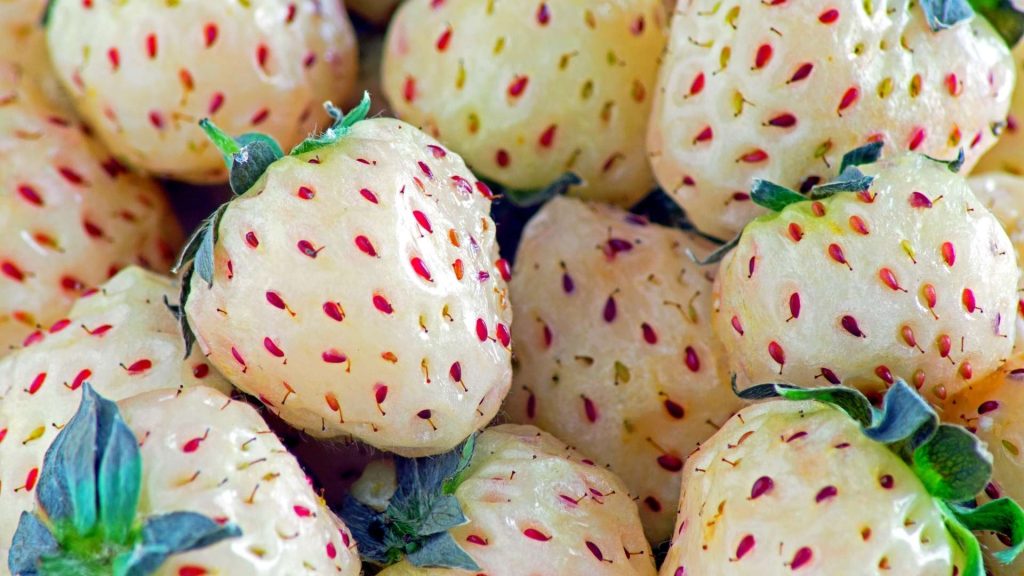
A white strawberry that has red seeds, Pineberries are sweet with a slight tartness in taste, and it tastes like pineapple flavour. Cultivated in Belgium, it can often be found in desserts.
27. Quince
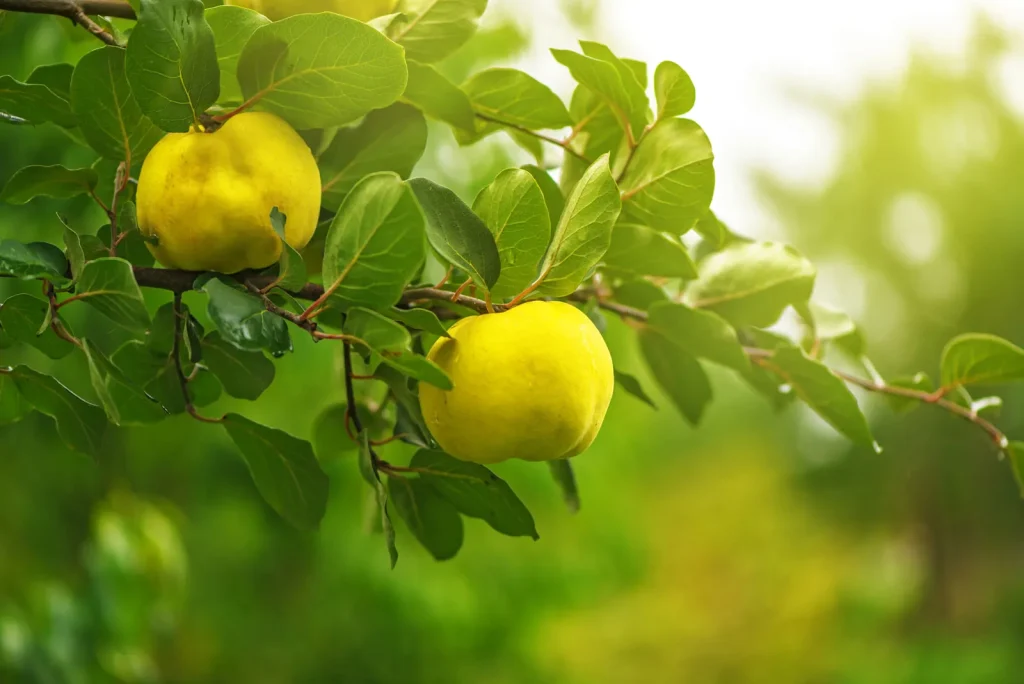
Tart in taste, Quince is used in jams and jellies. It contains a high amount of fibre and is also an excellent source of Vitamin C. While it can be eaten raw, it is mostly processed to be added to jam, a cheese paste, and other baked foods.
28. Raspberry
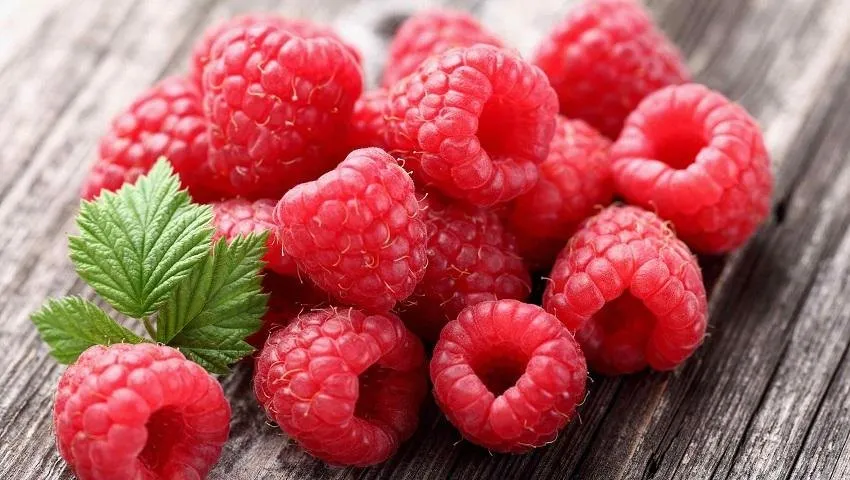
Available in a variety of colours, including golden, black, and red, and growing on thorny bushes, Raspberries are berries that taste sweet and tart. These are very commonly used as ingredients in jams, pies, and many other desserts as well. They are an excellent source of fibre and also have great antioxidant properties in it.
29. Strawberry
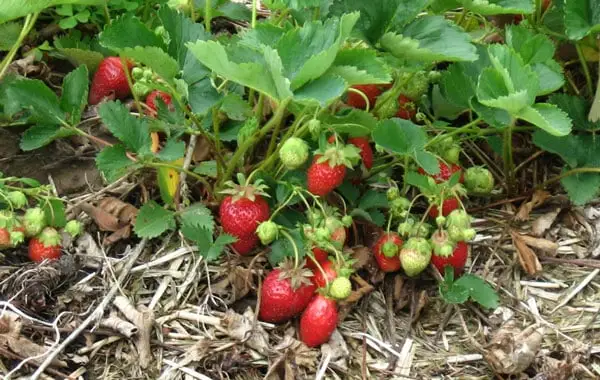
One of the most popular kinds of berries, if not the most, Strawberries are a very popular fruit that is small in size and tastes sweet and is juicy fruit. These are very commonly used in smoothies, shakes, dessert toppings, and many others. They have a unique kind of flavour that often tastes like a combination of both sweet and tart. Strawberries are an excellent source of Vitamin C.
30. Tayberry
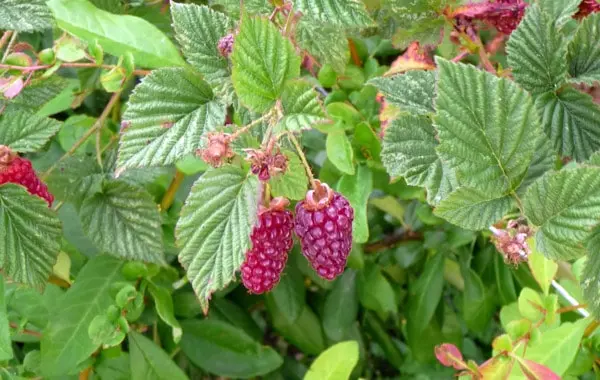
A hybrid fruit that results due to a cross between a loganberry and a black colour raspberry. Tayberry tastes sweet and has a red colour. It is more frosty hard than that of blackberries and requires to be grown in moist, fertile soil.
31. Thimbleberry
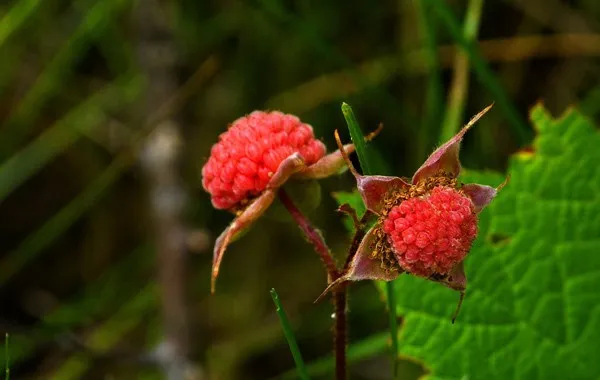
From Alaska to Northern Mexico, you can see these wild cousins of raspberries growing. They are most commonly used in jams and are also suitable to be eaten fresh. In comparison to raspberries, since they are cousins, thimbleberries are a lot softer but perishable in nature. This is also why it’s difficult to buy these berries since they are sold rarely.
32. Ugli Fruit
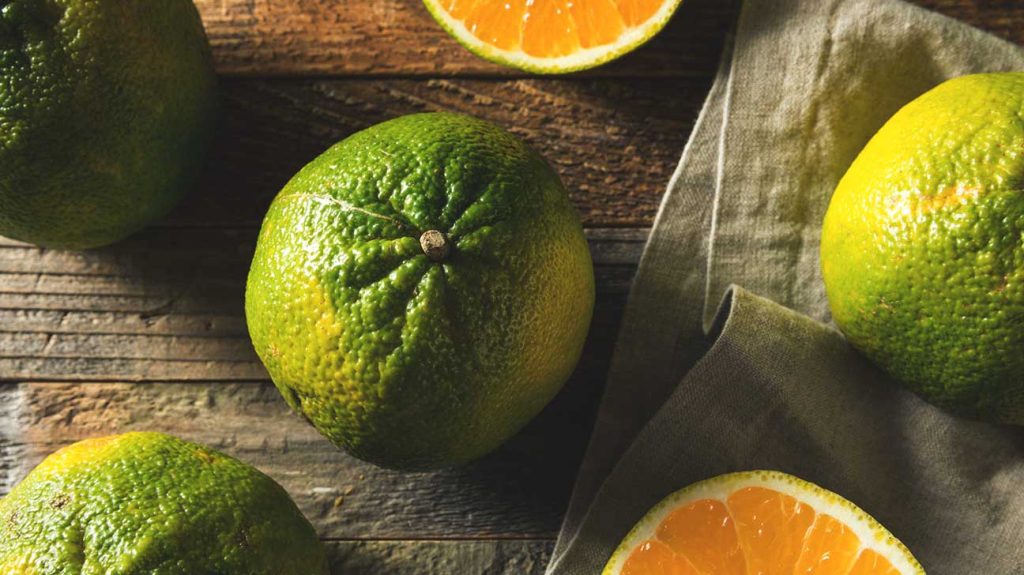
A citrus fruit is a hybrid formed by other citrus fruits/berries, which are grapes, oranges, and tangerines. It is commonly grown in Jamaica and has a pleasant and sweet taste.
33. Vanilla Berry
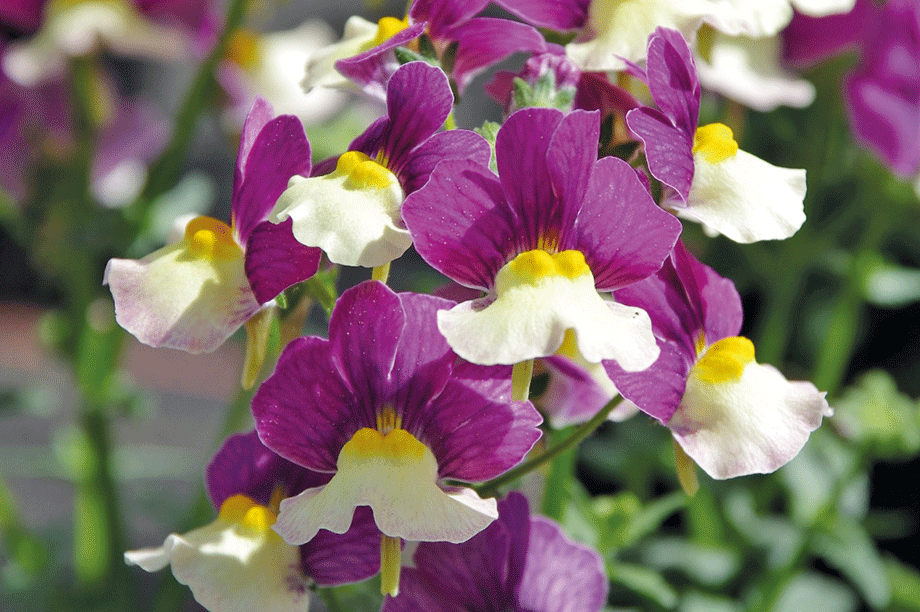
Native to South America, Vanilla Berries are pretty, but they are not entirely edible. Only its rounded leaves, along with the five-petaled flowers, can be eaten. These are required to be grown in moist and well-drained soil.
34. Victoria Plum
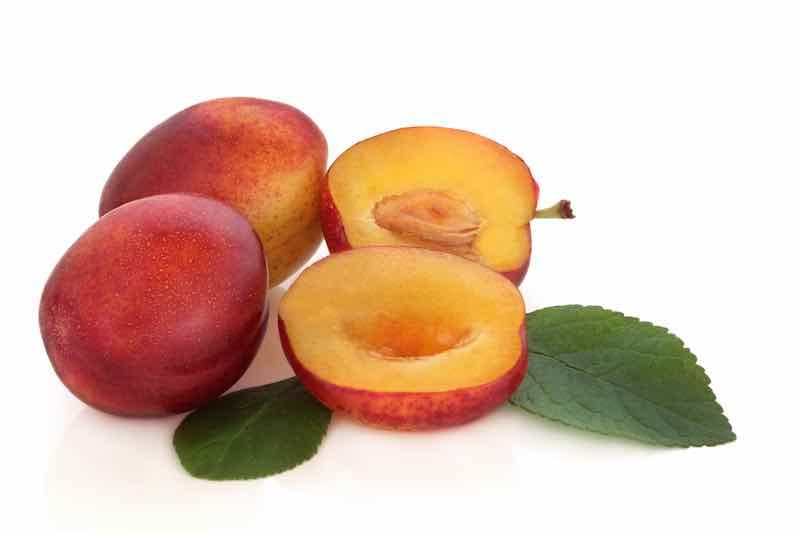
An oval-shaped berry, Victoria Plum is of purple colour with a greenish hint at the bottom. When it is fully ready to be eaten, it tastes sweet and is a very delicious berry. The berry also contains anthocyanin chrysanthemum.
35. Wineberry
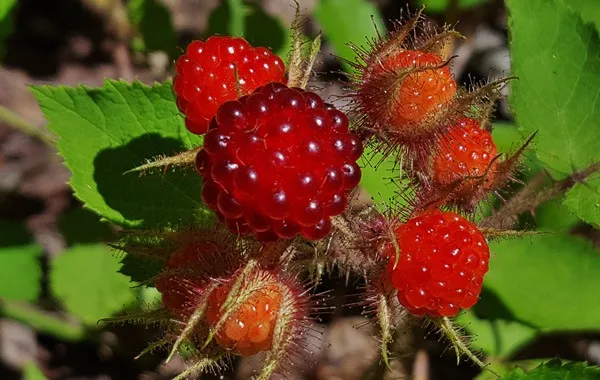
Another wild raspberry can be found in New England. They are soft in nature but have a tart flavour. They are similar to the taste of raspberries, but in comparison, wineberries are juicier and more acidic. It also looks like red or black raspberries, and it is common to be mistaken in identifying and separating them.
36. Xigua
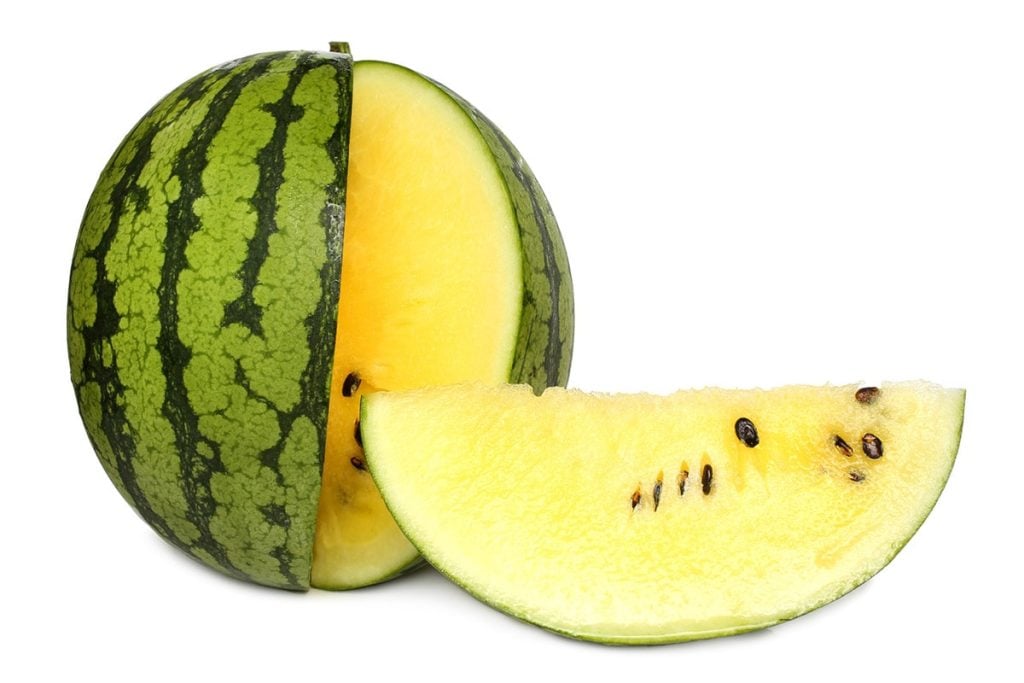
A type of melon that originated from Africa, Xigua is large in size and green in colour from the outside, while its inside is that of a fleshy pink, which is also the edible part of the fruit. It has a sweet taste.
37. Yew Berry
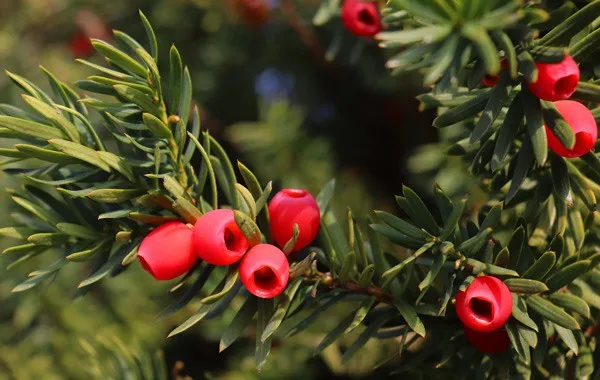
On evergreen plants, you can find red berries called Yew berries. The cones have an open end and are light red in colour. They are raised as ornamentals and prefer cold mountainous areas. The plant is poisonous throughout, and eating any of the leaves can be fatal.
38. Youngberry
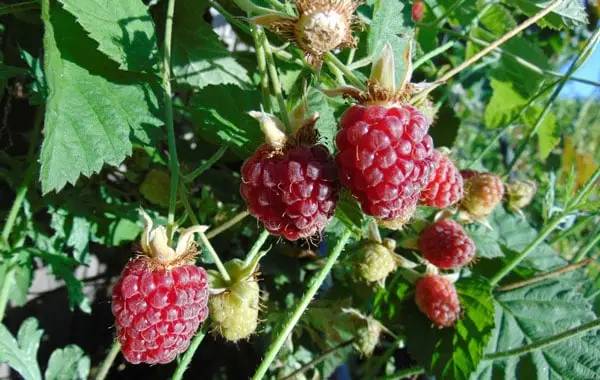
A hybrid cross was produced as a result of a cross between dewberry and blackberry. Youngberries can be found in South Africa, Australia, and New Zealand since they are grown there.
39. Zante Currant
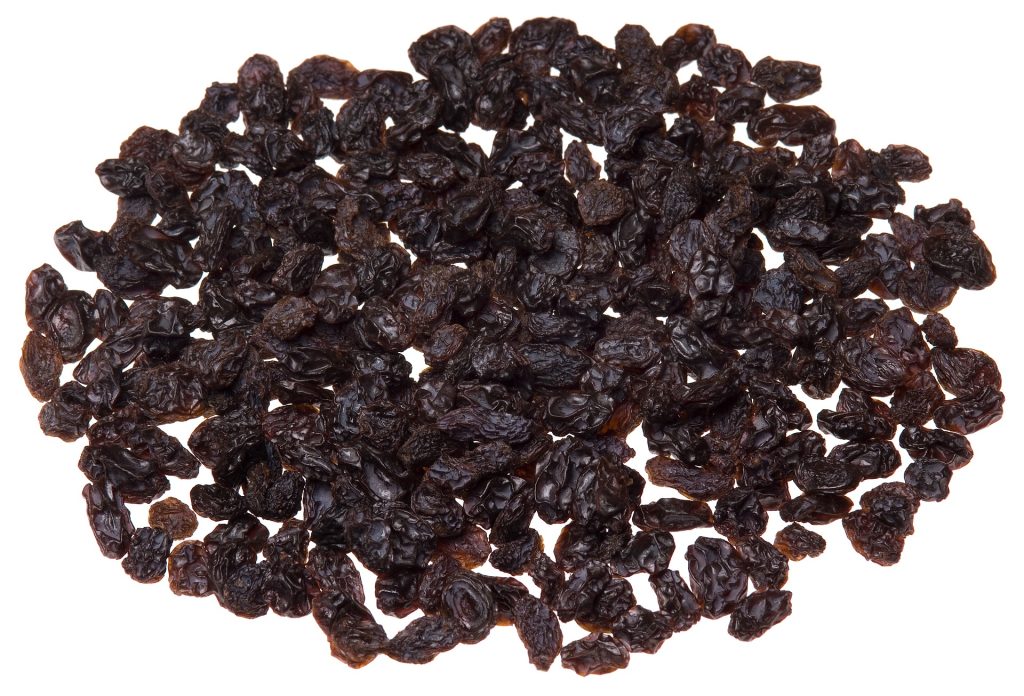
A variety of grapes, Zante Currants are small in size and have a sweet taste. It is commonly referred to by this name in the United States. Zante Currants are small and one of the oldest known raisins in the world. It has no relation with other currants ending berries like red or white. It is rich in Vitamins and Minerals, both.
Conclusion
This was just a small list of types of berries. There are a lot of varieties of berriesthat are present across the globe. You can get berries with your preferred tastes, whether sweet or tart.
In addition, berries are eaten as side dishes and are present in shakes, smoothies, and many desserts that we eat. They are also present in flavoured drinks, muffins, and many packed and baked goods.
But what’s even great is berries are a large source of vitamins and minerals, especially Vitamin C, and are also rich in fibre as well. On top of that, berries are an excellent source of antioxidants, and thus, consuming berries have a lot of health benefits.
Now that you know so much about berries, the next time you go to a grocery or a farmer’s shop, if they sell berries, do pick up some and add a delicious fruit to your meal.

